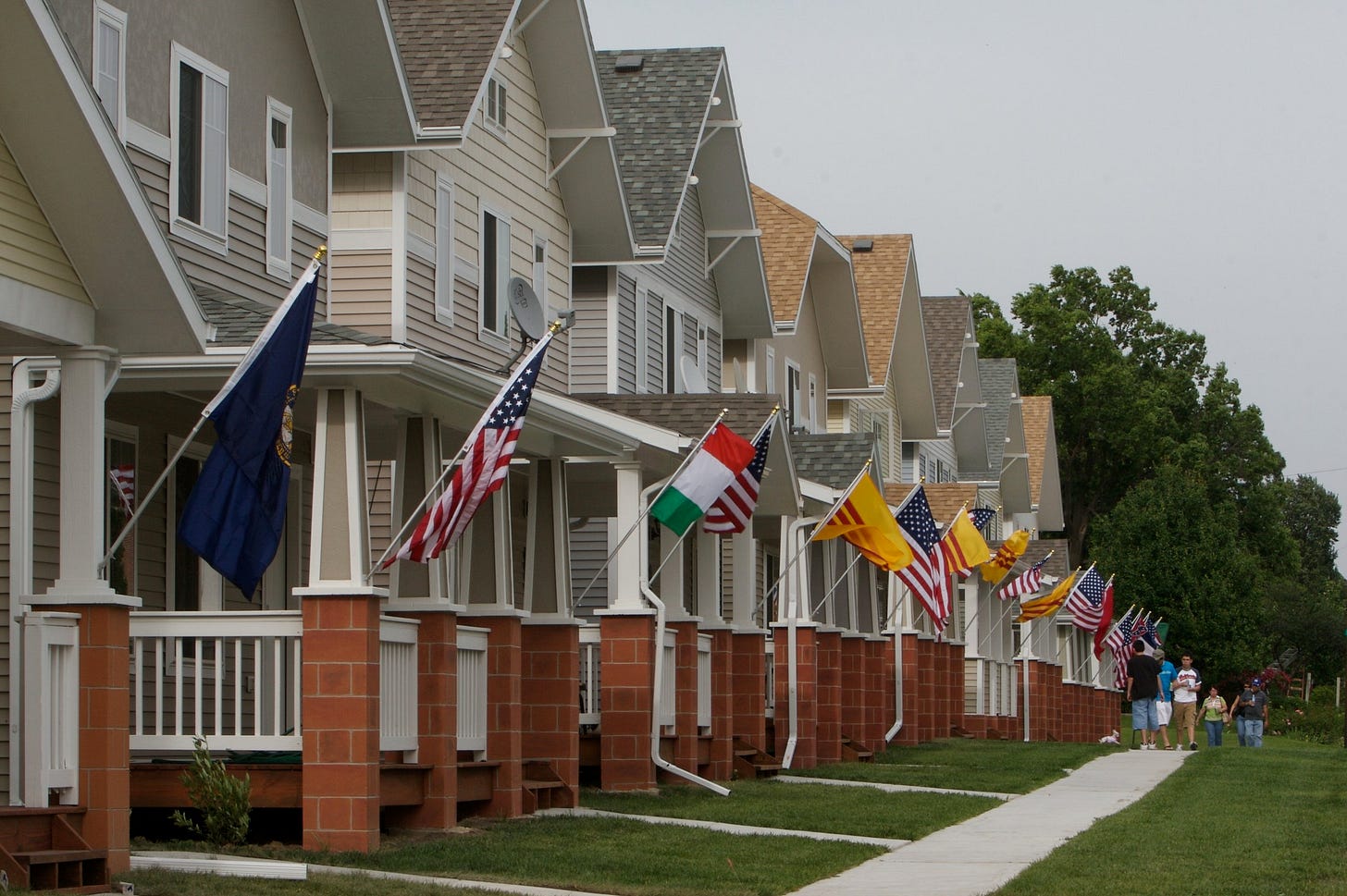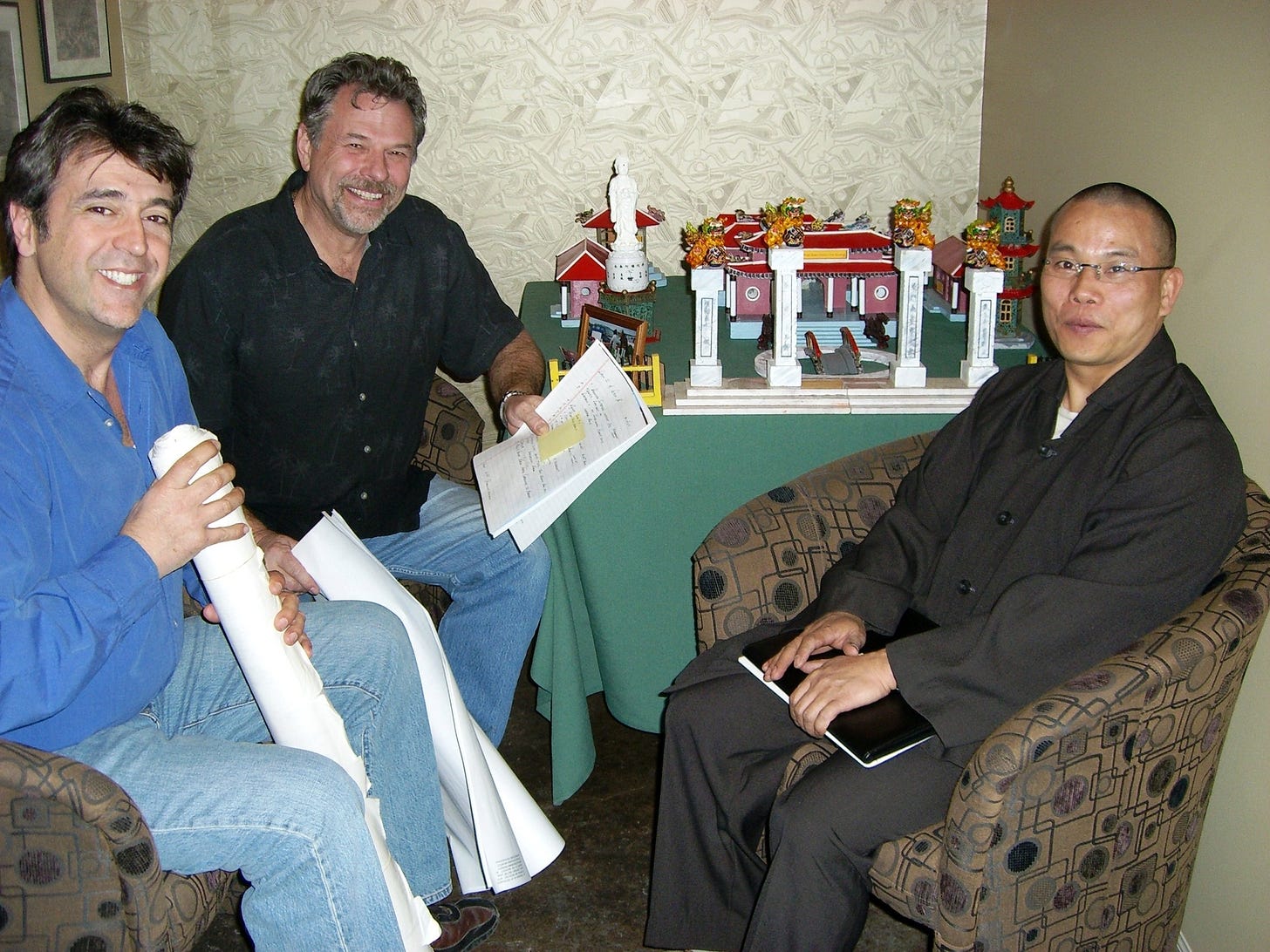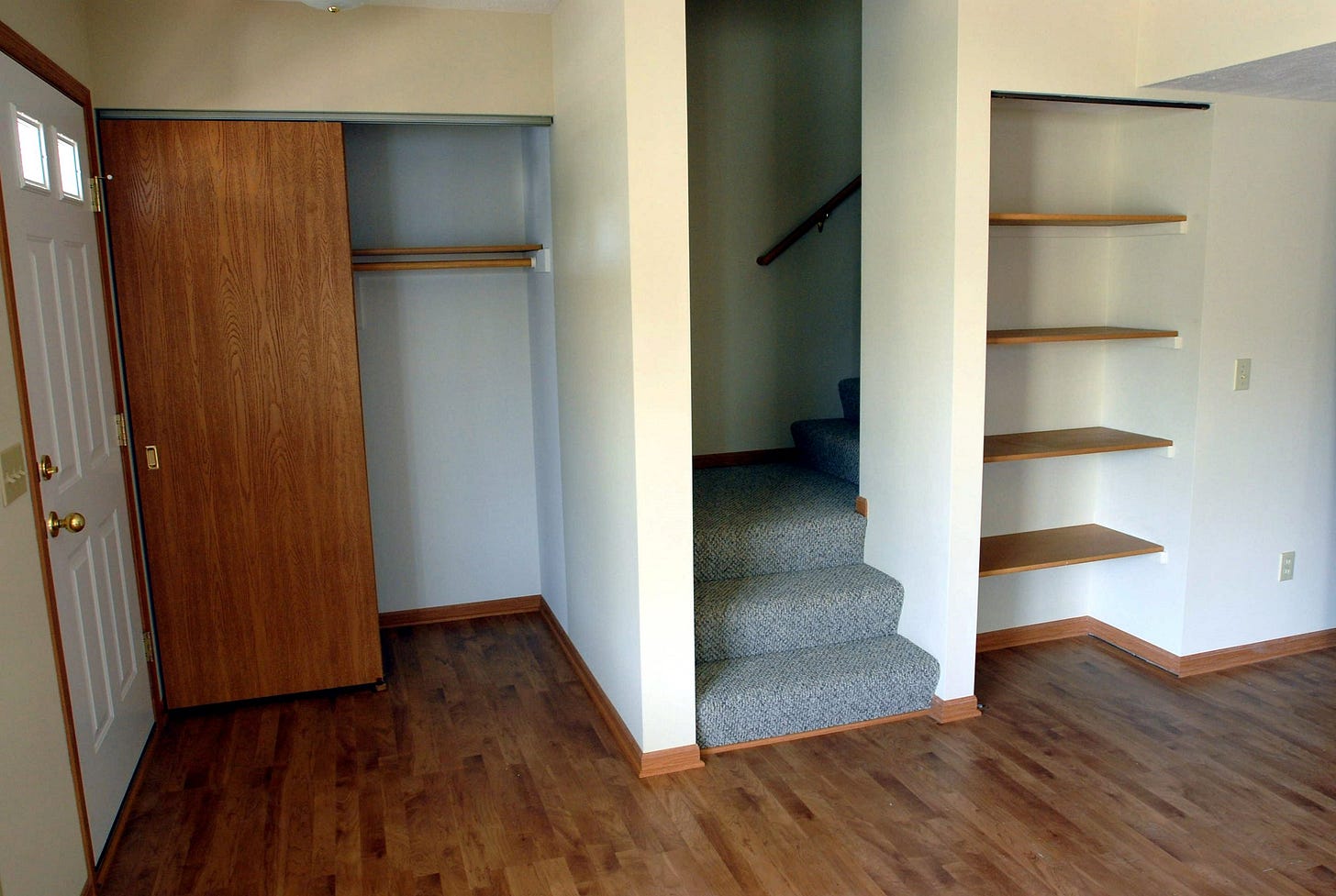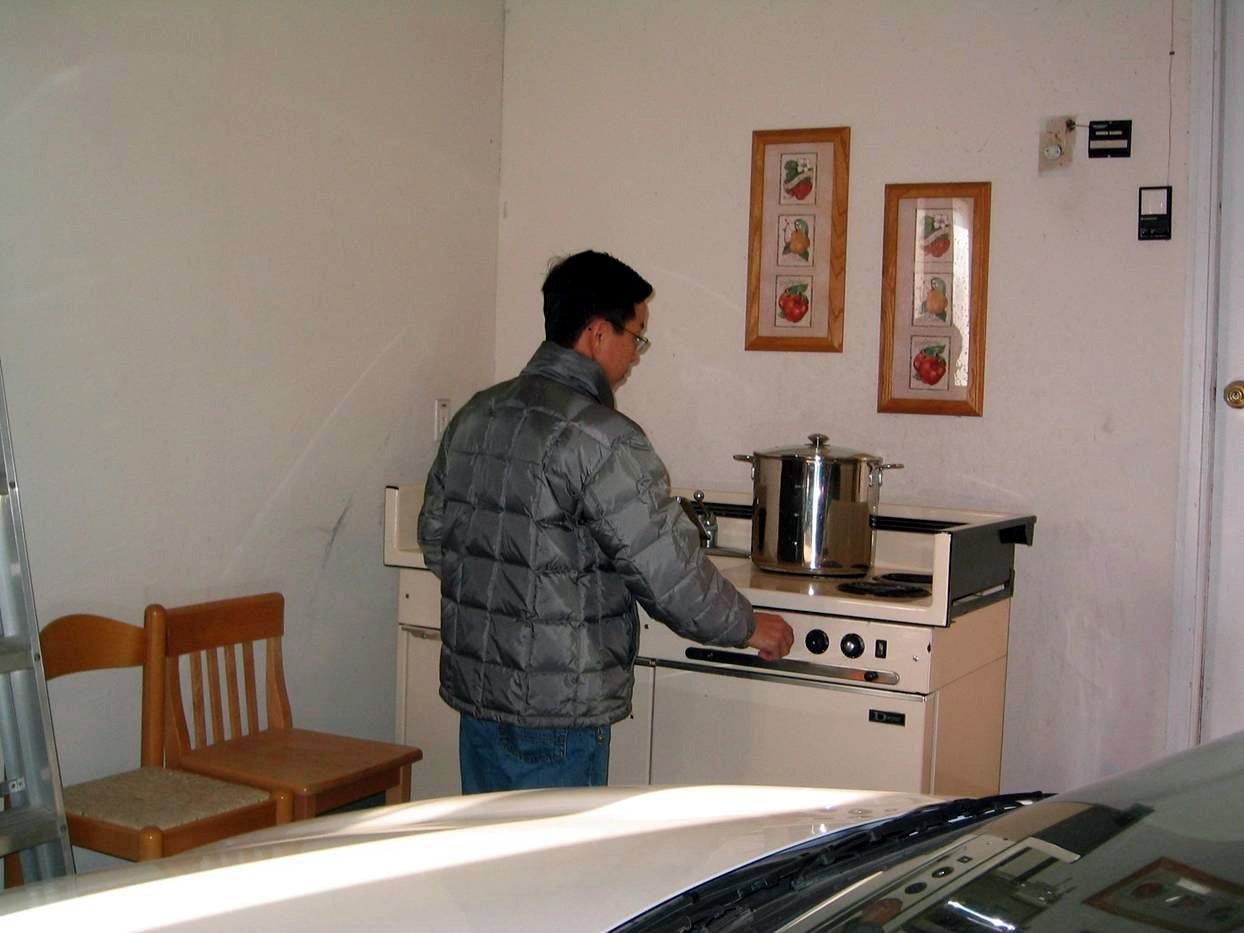DESIGN | Building for the Multicultural Community
Modern home design should acknowledge that not all American dreams look alike.

Written By Fernando Pagés Ruiz
Knowing that nearly 10,000 families of Vietnamese background live in Lincoln, Nebraska, I hired Andy Vu, a Vietnamese real estate agent to represent my building company. At first, he had difficulty selling my floor plans to his compatriots. One day, though, he began moving houses at an extraordinary clip. I thought that the good Vietnamese people of Lincoln had suddenly wised up, realizing the extraordinary value of my homes—but I was wrong.
Without telling me (to avoid offense), Vu had hired a Vietnamese remodeling contractor to adapt my houses to Vietnamese tastes. For an extra $3,500, the contractor would retrofit an outdoor-vented range hood and erect walls around the kitchen so it wouldn't remain open to the family room. When I got wind of this, I asked Vu to make a list of all preferences common to Vietnamese people so that we could design a plan to suit them better.
By asking around, I discovered that other ethnic groups in Lincoln also disliked the standard North American floor plan. So, I arranged a series of lunches with friends from various cultures and asked them what they wanted in a house. Soon I had a list of cultural preferences by nationality. I couldn't design a house for each cultural group, from Iraqi to Iroquois, but I could combine elements into a handful of multicultural models.
The minority population is booming
If the people counters at the Census Bureau are right, immigrants and native minorities will account for half the US population by 2050. The increasingly large and affluent North American multicultural community also defines the biggest growth segment for homebuilders and remodelers. According to a Harvard Joint Center for Housing Studies report, minorities may represent nearly half of all new homebuyers in the coming decades.
In cosmopolitan areas, such as Miami, Chicago, Los Angeles, Houston, and San Francisco, lenders, real estate companies, and major builders have grasped the situation and are trying to cater to this multicultural niche. Banks are setting up minority lending services, real estate firms are hiring bilingual agents, and builders are merchandising their models for the multicultural market.
These accommodations are not motivated by fair housing laws but rather by the realization that those who focus on emerging markets will thrive; those who don't, won't.
Different cultures want strikingly different housing styles.
You have to do your homework
Serving the multicultural market involves more than hiring bilingual sales agents and translating a few documents. It means understanding that not all American dreams look alike: Different cultures want strikingly different housing styles.
Immigrants don't necessarily covet the wide-open floor plan with a kitchen facing the family room. Some cultures prefer an enclosed, well-ventilated kitchen. Others require two living rooms so that men and women can socialize separately. The Vietnamese families I work with want a kitchenette in the garage or on the back porch for summer cooking. With several generations under one roof, Latinos often prefer more bedrooms to a palatial master suite.
My Arab clients frequently want a separate room for the toilet because in the Middle East, lavatory and latrine functions don't belong in one room any more than a urinal might belong next to the kitchen sink. And in a house for Muslims, a toilet cannot face Mecca.
Some cultural preferences can be less obvious and more complex than simple room arrangements. For instance, to cope with the complex site and architectural requirements dictated by the Chinese practice of feng shui and the vastu shastra of India, a contractor must hire a skilled consultant. This expert determines how energy flows through a house to promote or thwart health and fortune.

Working with an architect, a feng shui or vastu consultant can help to identify and mitigate undesirable lot characteristics and recommend architectural features that make homes easier to market.
These features don't pigeonhole one particular cultural group or exclude another. The point is not going backward, building grass huts and pagodas. It’s building modern American housing that accommodates modern Americans who are no longer necessarily white.
Multicultural design pays dividends
For builders who grasp the marketing potential of including multicultural features, the reward can be significant: a loyal clientele that fuels repeat sales by word of mouth. I have met many real estate agents who say that serving one minority client gave them an in with an entire community.
In Nebraska, where the immigrant community has grown from 5 to nearly 15 percent within a decade, I have found a profitable niche catering to new Americans' dreams. However, I admit that I fell into it almost by accident. You might think this cultural sensitivity applies only to first-generation immigrants, but I have found that even second- and third-generations enjoy architecture that respects their heritage. After all, home is the only place where a family can express its culture without inhibition. Because I am in the business of building homes and not just housing, creating an environment that respects every American's dream represents a good deed and good business.

Fernando Pagés Ruiz builds non-subsidized affordable homes for a largely immigrant community. He collaborates with DPZ CoDesign on cost reduction, chairs CNU Latino, and writes for Fine Homebuilding and the Green Building Advisor. He is busy researching and writing the second edition of his bestseller Building an Affordable House with The Taunton Press.

